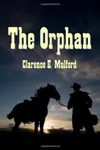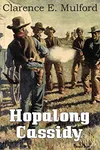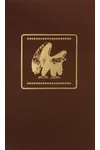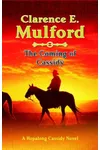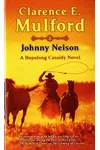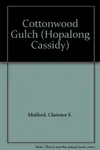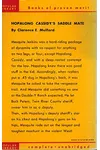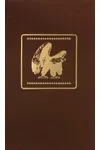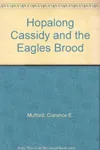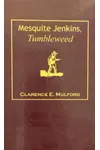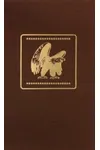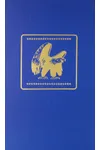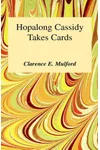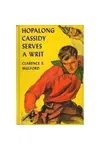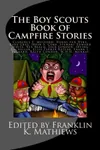Picture an American storyteller who lassoed the Wild West with grit and imagination—meet Clarence E. Mulford! Born in 1883, Mulford created the iconic Hopalong Cassidy, a rough-and-tumble cowboy who became a cultural legend. His vivid tales of the frontier didn’t just entertain; they redefined Western literature with authentic details and unforgettable characters.
From his early days in Illinois to his final years in Maine, Mulford’s passion for the American West fueled a prolific career. His 28 novels and countless short stories brought the Bar-20 ranch to life, blending adventure, humor, and a touch of frontier realism. Let’s saddle up and explore the man behind the myth!
The Making of Clarence Mulford
Clarence Edward Mulford was born on February 3, 1883, in Streator, Illinois, to a family with deep American roots—over 20 Mulfords fought in the Revolutionary War! After college, he landed a job at the Municipal Journal and Engineer in New York, but his heart was in storytelling. Inspired by tales of the West, he began writing short stories, publishing his first in Metropolitan magazine. By 1904, while living in Fryeburg, Maine, he created Hopalong Cassidy, a character who’d soon gallop into history.
Mulford’s early work relied on meticulous research, with a card file of over 17,000 entries on Western life—everything from cattle drives to the Pony Express. His travels across the West later enriched his stories, grounding them in authentic detail that captivated readers.
Clarence Mulford’s Unforgettable Stories
Mulford’s Hopalong Cassidy series, starting with Bar-20 in 1906, set the standard for Western fiction. Unlike the polished hero portrayed by William Boyd in films, Mulford’s Cassidy was a gritty, red-haired cowboy with a limp from a gunfight—hence the nickname “Hopalong.” Bar-20, a collection of short stories, introduced the Bar-20 ranch and its colorful crew, blending shoot-’em-up action with humor and camaraderie.
Hopalong Cassidy (1910), the third book, is a standout novel depicting a tense range war between the Bar-20 and H2 ranches. Praised by the New York Times for its accuracy, it showcased Mulford’s knack for vivid settings and complex characters. The Coming of Cassidy (1913) explored social tensions, like anti-Irish prejudice, while delivering rip-roaring adventure. Beyond Cassidy, Mulford wrote stand-alone novels like Johnny Nelson (1920) and non-fiction about motoring and the outdoors, showcasing his versatility.
His style leaned on authenticity, with dialogue steeped in frontier vernacular and plots rooted in historical realities. Though some works reflect the era’s racial biases, Mulford’s commitment to detail made his West feel alive, influencing countless Western writers.
Why Clarence Mulford Matters
Mulford’s impact on Western literature is undeniable. His Hopalong Cassidy series didn’t just popularize the genre; it set a benchmark for authenticity that inspired authors like Louis L’Amour, who later wrote Cassidy novels. The series’ adaptations—66 films, radio shows, TV series, and comics—made Hopalong a household name, though Mulford initially bristled at Boyd’s sanitized portrayal. By the 1950s, he embraced the character’s broader appeal, even befriending Boyd.
Mulford’s legacy endures in his detailed world-building and the enduring charm of his characters. His work remains a touchstone for Western fans, offering a gritty glimpse into a bygone era. He passed away in 1956 in Portland, Maine, leaving behind a fortune donated to local charities—a final act of generosity from a man who gave the world a legend.
- Born: February 3, 1883, Streator, Illinois
- Key Works: Bar-20 (1906), Hopalong Cassidy (1910), The Coming of Cassidy (1913)
- Died: May 10, 1956, Portland, Maine
- Fun Fact: Mulford’s research included a card file with over 17,000 entries!
Ready to ride into the Wild West? Snag Hopalong Cassidy and dive into Mulford’s thrilling frontier world!

